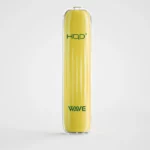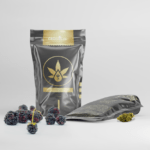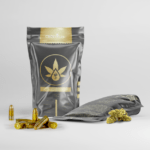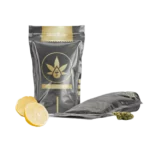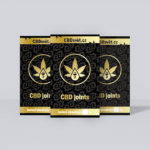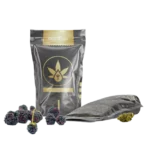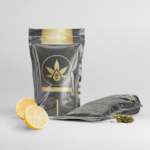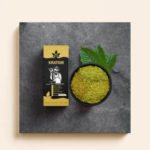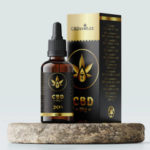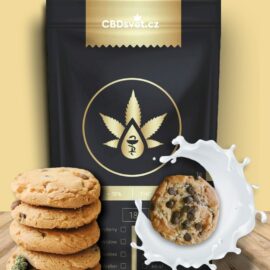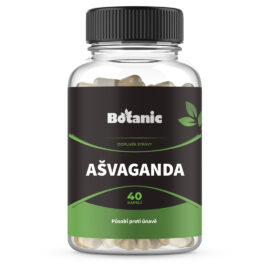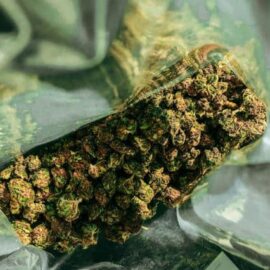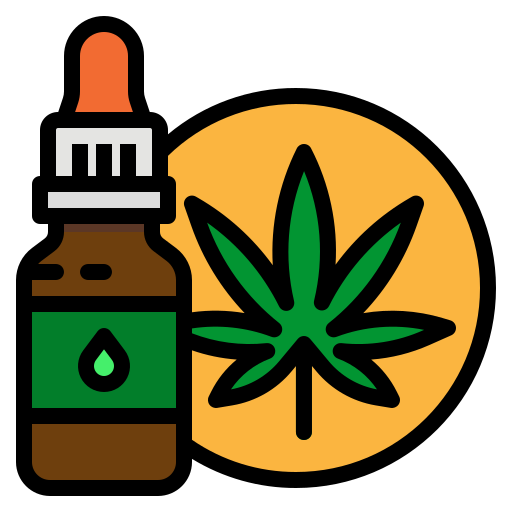
Hemp oil is made by gently heating (and thereby infusing) hemp in a “carrier oil.” Cannabinoids like CBD and THC, the most active compounds in hemp, are both hydrophobic. That means they don’t like water, and water molecules actually repel them. On the other hand, CBD and THC are fat-soluble. They like to bind with molecules of fatty acids – like those found in oil. When hemp is immersed in oil, the THC and CBD molecules leave the buds or plant material and instead become one with the oil.
A wide range of oils can be used to make hemp oil. However, the most popular and widely used are coconut oil and olive oil. Coconut oil and olive oil have pleasant flavors and are highly nourishing for the skin, making them versatile options for both medicinal foods and topical applications. Additionally, both have strong natural antifungal and antimicrobial properties. This helps prevent mold and extends the shelf life of your hemp oil. Coconut oil has a higher content of saturated fats, which can bind cannabinoid-loving fats even more easily than olive oil.

Hemp oil, CBD oil, THC, or…
Your choice! You can make hemp oil with hemp or marijuana, depending on what is legal and available in your area, or what your desired end results are. Hemp oil will contain only CBD (or very trace amounts of THC), while marijuana-infused oil will likely contain both THC and CBD. The ratio and concentration of THC and/or CBD depend on the strain of marijuana and the specific plant it comes from.
Products that may be of interest to you
Generally speaking, THC is psychoactive and CBD is not. But THC can do much more than just alter your state of mind! Studies show that THC has even stronger pain-relieving and stress-reducing properties than CBD, which is known to help with insomnia, seizures, and inflammation. While each has remarkable and distinct individual benefits, an oil or salve containing both CBD and THC has the highest potential for a wide range of health benefits (though it may be illegal in some places). The synergistic combination of THC and CBD through consumption of whole plant cannabis and extracts, known as the “entourage effect,” is stronger than either alone.

Why make hemp oil?
Hemp oil is a foundational ingredient for ultra-healing homemade topicals, salves, and tinctures. Both THC and CBD have excellent anti-inflammatory, antimicrobial, and antioxidant properties. Studies have shown that cannabinoids have the ability to reduce acne, fine scars, and wrinkles, soothe redness and irritation, and balance natural skin oils. Cannabinoids, particularly THC, are also analgesic – meaning they reduce pain.
Additionally, making hemp oil is one of the most reliable methods for producing medicinal edible cannabis products. However, it is extremely difficult to determine the exact potency of homemade edibles or hemp oil. For this reason, it is recommended to consume cautiously and start with very small doses. Hemp oil can be consumed on its own or added to other edible cannabis recipes.
On the other hand, simply chopping up weed and adding it to a cookie mix is not a good idea for several reasons. As we’ve explored, cannabinoids are fat-soluble. That means they not only bind with oils during the infusion process but also that cannabinoids are more easily absorbed and digested in our bodies when consumed with fat – like oil. If you add raw hemp to baked goods, it’s less likely that cannabinoids will bind to fats for consistent and effective edible experiences. Using decarboxylated hemp to make hemp oil further increases accuracy and consistency.

Using decarboxylated hemp for oil
The cannabinoid compounds found in raw hemp (THCA and CBDA) are not the same as those found in heated hemp – like the ones inhaled (THC and CBD) when you smoke or vaporize hemp, or when you cook with hemp. The process of heating and “activating” hemp is called decarboxylation. This is what makes hemp psychoactive and more effective for medicinal applications.
However, when it comes to heating hemp, it’s best to do it slowly and methodically. There are time and temperature “sweet spots” where raw THCA and CBDA transform into active THC and CBD. But without precise processing, overheating or underheating hemp can result in uneven activation of THC and CBD. Even worse, it can even destroy THC or CBD completely!
Most hemp oil recipes require hemp that has already been properly decarboxylated as a first step. The most common and hassle-free way is to decarboxylate hemp in the oven and then add it to the oil at very low heat – to prevent further decarboxylation. Some people choose to decarboxylate their raw hemp on the stovetop simultaneously with the oil infusion process. However, this requires significantly more careful monitoring to achieve that time and temperature sweet spot (and not ruin it).
Things you’ll need for the process:
- 1 cup of finely ground decarboxylated hemp. To be more precise, I recommend using a kitchen scale to weigh approximately 7 to 10 grams, depending on your tolerance.
- 1 cup of coconut oil or another oil of your choice, such as olive oil. We prefer using organic coconut oil because it solidifies at room temperature (and tastes good), making it ideal for consuming a small teaspoonful, spreading on bread like butter, or using as a salve. If you prefer your finished hemp oil to remain in a liquid form, use olive oil, fractionated (liquid) coconut oil, or another edible oil of your choice.
- Optional: A few grams of raw hemp. In addition to decarboxylated hemp, we like to add a small handful of raw homemade buds to our oil. While the most significant and well-documented health benefits of hemp are attributed to active THC and CBD (found in decarboxylated hemp), there are emerging studies that show some promising health benefits of their raw forms – THCA and CBDA. That’s why we like to incorporate a little bit of each to create a full-spectrum and well-rounded end product.
- Double boiler or makeshift double boiler (such as a Pyrex glass bowl or stainless steel bowl seated on a pot of water below) OR clay pot/slow cooker.
- Cheese cloth, such as these organic unbleached cheesecloth.
- Fine-mesh sieve.
- Glass bowl.
- Storage container, such as a mason jar with a lid.
- Recommended: probe thermometer
- Note: This process will create a fairly strong cannabis smell in your home

